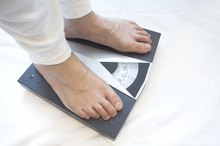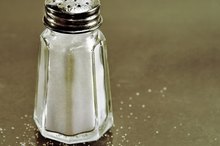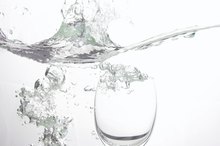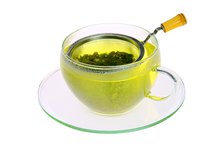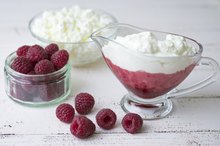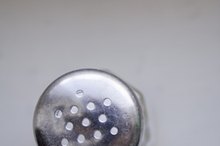Patient Information on a Fluid-Restriction Diet
A fluid-restriction diet limits your daily intake of liquids, as well as foods that contain a high volume of fluid. The purpose of a fluid-restriction diet is to prevent the buildup of fluid in your body, a condition that's called edema. Your doctor may prescribe a fluid-restriction diet if you have end-stage renal disease or are on dialysis. A fluid-restriction diet is also part of the treatment plan for congestive heart failure.
Daily Fluid Intake
The amount of fluid you can consume each day depends on several factors, including your medical condition and body size. The Langone Medical Center at New York University notes that many physicians limit fluid intake to 64 ounces, or 8 cups per day for congestive heart failure.
What to Avoid
What Is a Eucaloric Diet?
Learn More
A fluid-restriction diet limits all liquids and foods that are liquid at room temperature. Examples of these foods include:
- ice cubes
- gelatin
- yogurt
- soups
- sauces
- ice cream
- fruits that contain a high volume of water
- such as watermelon
You are allowed to consume all types of solid foods.
Considerations
A diet manual developed for the California Department of Developmental Services advises that all liquids on a fluid-restriction diet should be chosen on the basis of the nutrition they provide 1. For example, fresh fruit juices, soups and milk should be chosen over coffee, tea, soda and alcohol. In addition to having no nutritional value, caffeinated beverages can dehydrate you. Unlike other medical diets, a fluid-restriction diet generally meets the dietary reference intakes for most nutrients. Following a fluid-restriction diet does not put you at an increased risk of malnutrition.
- A diet manual developed for the California Department of Developmental Services advises that all liquids on a fluid-restriction diet should be chosen on the basis of the nutrition they provide 1.
- Following a fluid-restriction diet does not put you at an increased risk of malnutrition.
Other Tips
No-Salt Diet
Learn More
In addition to restricting your fluid intake, you may need to restrict your sodium. Excess sodium triggers your thirst response, making a fluid-restriction diet more difficult to follow. You should divide your fluid intake among your three meals and allow yourself some additional fluid between meals, in case you get thirsty. Tufts Medical Center notes that it is helpful to keep a fluid log to track your fluid intake. Weighing yourself daily can help you determine if you are staying within your fluid guidelines. Rapid increases or decreases in weight can indicate too much fluid intake or too little fluid intake.
- In addition to restricting your fluid intake, you may need to restrict your sodium.
- You should divide your fluid intake among your three meals and allow yourself some additional fluid between meals, in case you get thirsty.
Related Articles
References
Writer Bio
Lindsay Boyers has a Bachelor of Science in nutrition from Framingham State College and a certificate in holistic nutrition from the American College of Healthcare Sciences. She is also a licensed aesthetician with advanced training in skincare and makeup. She plans to continue on with her education, complete a master's degree program in nutrition and, ultimately, become a registered dietitian.
